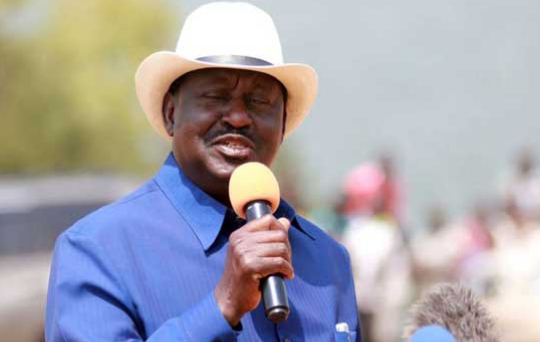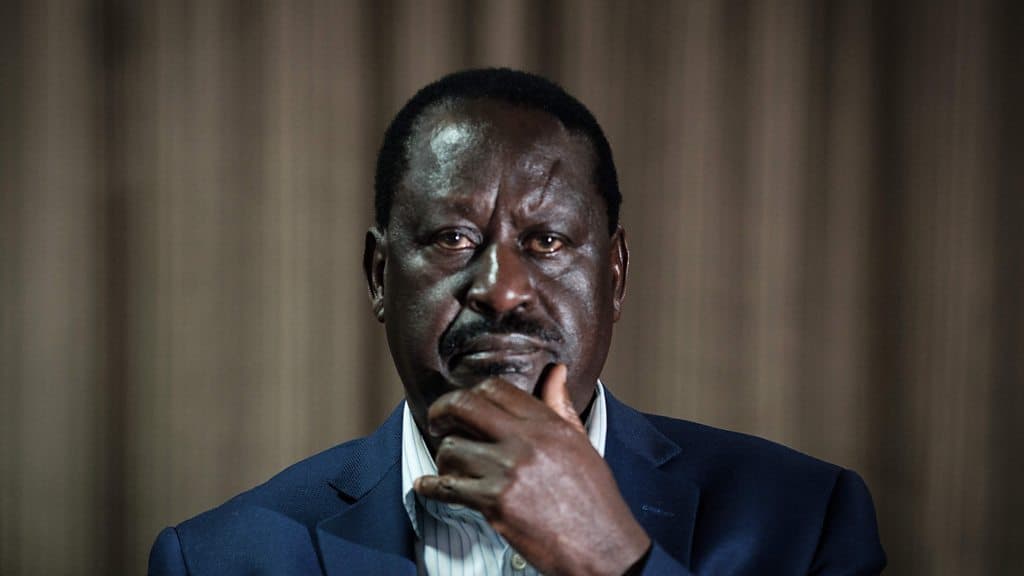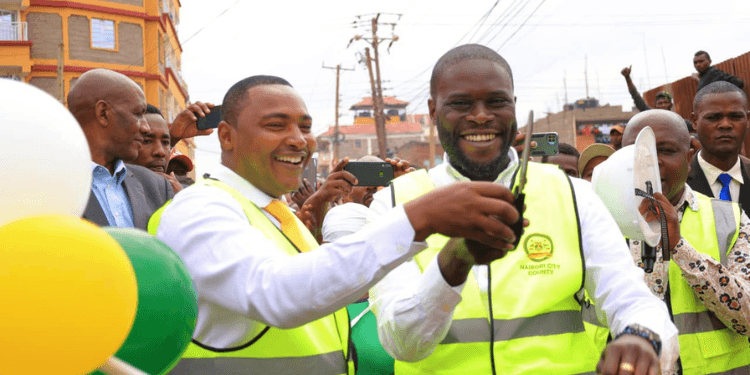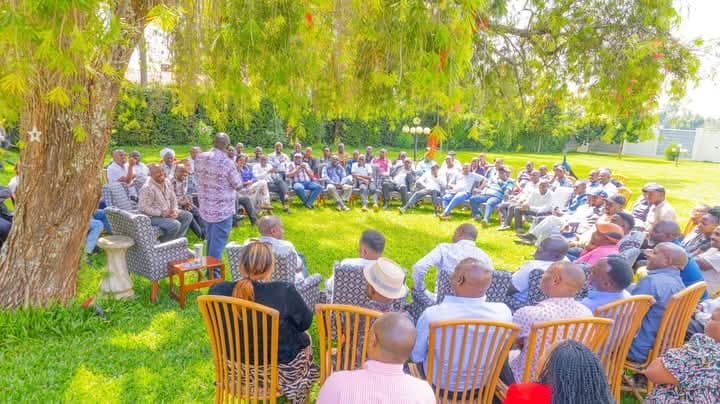ODM Party leader Raila Odinga has rallied Kenyans to turn-up in large numbers at Kamukunji Grounds on Monday, July 7, to mark the anniversary of the historic SabaSaba Day.
In a Press address on Sunday, July 6, the former Prime Minister lamented that the country has yet to achieve the ideals of democracy.
“We have not achieved what Saba Saba intended. Violation of human rights is still a challenge in the country, police brutality is there, and the economy has not performed as we expected. Saba Saba was meant to bring people together for a common cause: change.” he said.
Raila, urged Kenyans to show up at Kamukunji Grounds, insisting he will be personally at the venue.
He added that the symbolic return to Kamukunji was intended to honour those who died during the first Saba Saba protests 35 years ago.
“My idea is to call the people and go to Kamukunji, the first place where Saba Saba took place. I will be attending the Saba Saba at Kamukunji to remember those who were killed,” Odinga said.
The Origin Of Saba Saba Protests.
The Saba Saba protests date back to July 7, 1990, during the late President Daniel Arap Moi’s administration, when the country was under a single-party state.
Eight years earlier, the government under President Moi had amended the Constitution to turn Kenya’s de facto one-party system into a de jure one-party state, officially placing all political power in the hands of the Kenya African National Union (KANU).
At the time, political dissent and press freedom were tightly suppressed, while widespread discontent grew over economic mismanagement and the systematic exclusion of various communities from governance.
On June 6, 1990, opposition leaders called for a public rally at Kamukunji Grounds in Nairobi on July 7, demanding the return of multiparty democracy.
Key Figures Who Led Saba Saba Protests
The Saba Saba Protests were led by opposition leaders Kenneth Matiba, Charles Rubia, and Jaramogi Oginga Odinga. Raila Odinga, Gitobu Imanyara, and Gibson Kamau Kuria were also part of the figures behind the Saba Saba protests.
Siaya Governor James Orengo, Koigi wa Wamwere, and the late Wangari Maathai also played instrumental roles in the protests.
Despite the protests being banned by the Moi government, the opposition defied the ban, and thousands of Kenyans took to the streets to demand the return of multiparty democracy.
Opposition leaders were arrested and detained, while police violently dispersed protesters in a brutal crackdown.
Birth of Multi-Party Democracy
On December 2, 1991, President Moi, during the delegates' conference of KANU, announced the repeal of Section 2A of the Constitution, returning Kenya to a multiparty state after more than 20 years. As a result, some 19 new political parties were registered.
In 1992, Kenya held a Kenya its first multiparty elections where about 8 political parties participated. During the election Moi was re-elected as president under KANU beating Matiba of Ford Asili.
Evolution of Saba Saba Protests.
Saba Saba Day has evolved and taken a new meaning over the years. Human rights defenders and civil society organizations in recent years have taken the stage in commemorating the day by calling for an end to police brutality and killings, respect for the constitution, and addressing issues affecting the country.
The 2023 Saba Saba Day was led by ODM leader Raila Odinga at the Kamukunji grounds who pushed for economic reforms to address the high cost of living and the quashing of the Finance Act 2023.
In 2024, Kenyans gathered at Uhuru Park to remember the youth who lost their lives during the deadly anti-finance bill protests.
In 2025, Kenyans are once again preparing to take to the streets on Monday, July 7, calling for better governance, an end to police brutality, and justice for victims of police killings.







